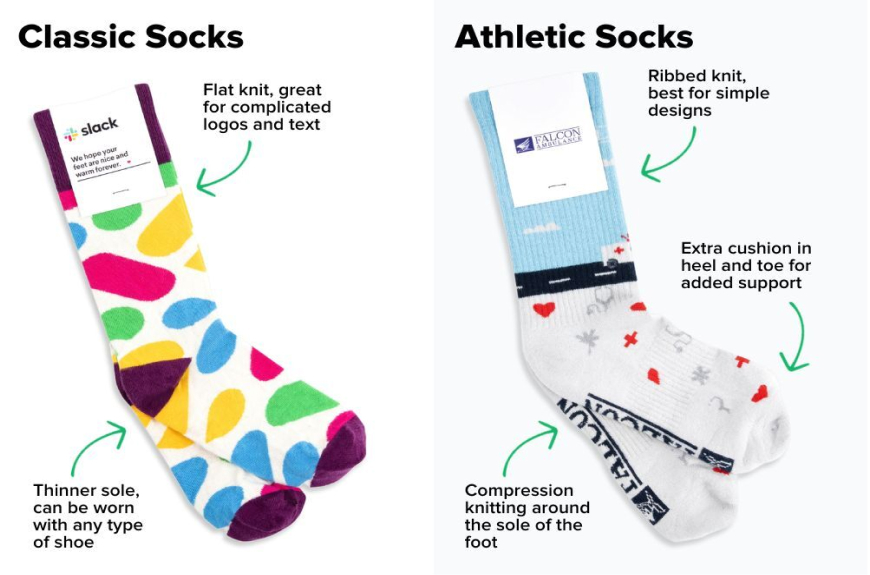Socks are an essential part of our daily wardrobe, but have you ever stopped to consider if your socks might be too tight? While snug socks can provide support and comfort, excessively tight socks can lead to various issues. In this blog post, we'll explore the signs of overly tight socks and provide solutions to ensure your feet stay comfortable and healthy.
Signs Your Socks Are Too Tight
One of the most obvious indicators that your socks are too tight is discomfort. If you feel a constant squeezing sensation around your feet or legs, it's time to reassess your sock fit. Tight socks can leave visible indentations or marks on your skin, which may persist even after you've removed them.
Another sign to watch out for is numbness or tingling in your toes or feet. This sensation occurs when tight socks restrict blood flow, potentially leading to more serious circulatory issues if left unaddressed. Additionally, you might experience swelling in your feet or ankles, especially after prolonged periods of wearing tight socks.
The Risks of Wearing Tight Socks
Consistently wearing socks that are too tight can have negative consequences for your foot health. Tight socks can cause friction and lead to blisters or calluses, making walking uncomfortable. In more severe cases, overly tight socks may contribute to the development of ingrown toenails or exacerbate existing foot conditions.
For individuals with diabetes or circulation problems, wearing tight socks can be particularly risky. These conditions already affect blood flow to the extremities, and tight socks can further compromise circulation, potentially leading to serious complications.
Finding the Right Fit
To avoid the issues associated with tight socks, it's crucial to find the right fit. When shopping for socks, pay attention to size guides and consider factors like your shoe size and calf circumference. Remember that different sock styles may fit differently, so what works for one type may not be suitable for another.
If you're unsure about your sock size, it's always better to err on the side of caution and choose a slightly larger size. This is especially true for athletic or compression socks, which are designed to fit more snugly than regular socks.
Alternative Options
For those who need the support of tighter socks but find traditional options too constricting, there are alternatives available. Mild compression socks, for example, offer gentle support without being overly tight. These can be a good option for people who need some compression but find regular compression socks uncomfortable.
Another solution is to opt for custom-made socks that are tailored to your specific foot measurements. These ensure a perfect fit and can be particularly beneficial for those with unique foot shapes or sizes.
When to Seek Professional Advice
If you're experiencing persistent discomfort or unusual symptoms related to your socks, it's important to consult a healthcare professional. This is especially crucial for individuals with pre-existing foot conditions or circulatory issues. A podiatrist or vascular specialist can provide personalized advice and recommend the best sock options for your specific needs.
Wrapping Up
Wearing socks that fit properly is essential for foot health and overall comfort. By being aware of the signs of overly tight socks and taking steps to find the right fit, you can ensure that your feet stay happy and healthy. Remember, the perfect pair of socks should provide support and comfort without causing any discomfort or restricting circulation. Take the time to find the right socks for you, and your feet will thank you.


